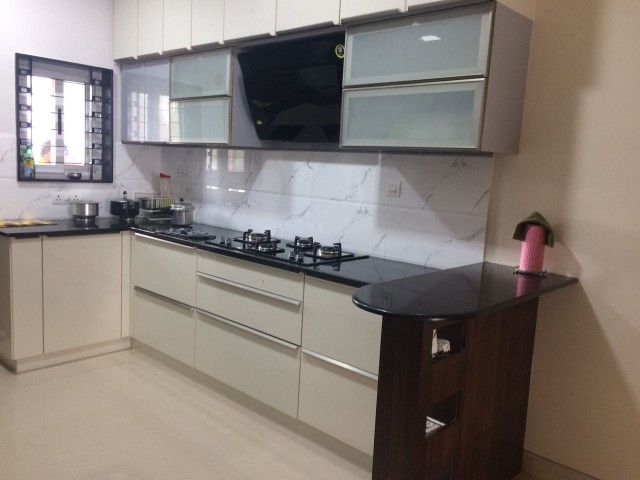Understanding BWR and BWP Grades
- BWR (Boiling Water Resistant): This plywood offers good water resistance for high-moisture indoor areas like kitchens and bathrooms. It’s manufactured using phenol-formaldehyde resins, making it ideal for furniture exposed to occasional spills.
- BWP (Boiling Water Proof): As the name suggests, BWP plywood is truly waterproof. It undergoes special treatment for exceptional resistance against moisture, warping, and even boiling water. This makes it a superior choice for outdoor applications, exposed balconies, or heavily used kitchen cabinets.
Key Differences and Choosing the Right Plywood
Here’s a table summarizing the key differences

BWR is generally sufficient for most kitchen applications where direct water contact is minimal. However, for high-traffic areas like countertops or heavily used cabinets, BWP offers superior long-term durability.
Trusting the Label: What to Look For
- Certification: Reputable brands will have plywood certified by a governing body like the Bureau of Indian Standards (IS) ensuring adherence to quality standards.
- Labeling: Check the plywood itself for clear markings indicating either BWR or BWP grade. Don’t rely solely on what the retailer tells you.
Additional Tips:
- Visual Inspection: Look for any warping or delamination on the plywood surface, which might indicate poor quality or improper storage.
- Warranty: Consider buying BWP plywood with a warranty from a trusted brand, especially for critical kitchen applications.
By understanding the differences between BWR and BWP plywood and following these tips, you can make an informed decision and ensure your kitchen cabinets and furniture last for years to come.





